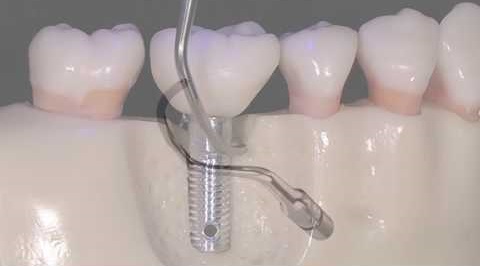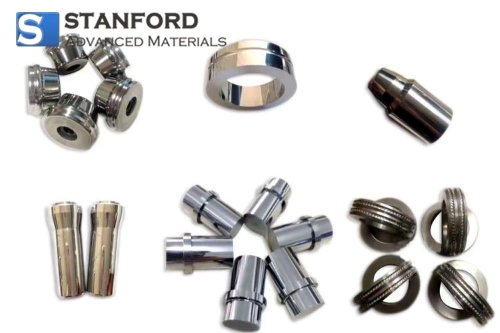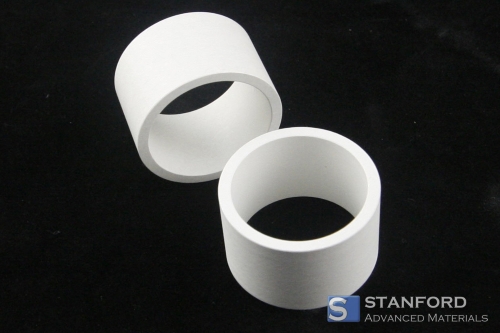Applications of the Niobium in Oral Medicine
Oral Implants
As early as 1991, some scholars have conducted related research and analysis on pure titanium implants and pure niobium implants implanted in rabbit bone, and the results showed that the opening torque of pure niobium implant was significantly higher than that of the pure titanium implant, and it was speculated that it was caused by the more irregular surface morphology of pure niobium implant compared to pure titanium implant. However, more studies still tend to reduce the precipitation of toxic metals (such as nickel and vanadium) in titanium alloy to improve the biocompatibility of titanium alloy, reduce the elastic modulus of titanium alloy and improve the mechanical strength of the implant. The effects of 15 commonly used biomaterials on the bioactivity of osteoblast-like cells were examined by leading researchers, and the results showed that both the particle form and the ionic form of vanadium and nickel were significantly more cytotoxic than niobium.
Niobium metal is expensive and the processing cost of its alloy is high, which limits its wide application. To make up for the above deficiencies, the researchers tried various methods to form niobium coating on stainless steel, cobalt-chromium, titanium and titanium alloy implants, so as to ensure the implants still have good biocompatibility and mechanical properties on the premise of saving precious metal materials (reducing cost) as much as possible.

Oral surgery
Metallic biomaterials are widely used in craniomaxillofacial surgery and are often used as a substitute material for bone deformities and defects as well as a scaffold material to improve the quality of life of patients, and the typical metallic biomaterials are stainless steel, cobalt-chromium alloy, titanium, and titanium alloy. Among these metallic materials, stainless steel has better ductility and cyclic torsion strength; cobalt-chromium alloys have the highest stiffness, wear resistance, and relatively high strength; titanium alloys have the best biocompatibility, corrosion resistance, and specific strength (tensile strength to density ratio), but the lowest stiffness.
Apart from the mechanical properties, biological indicators such as biocompatibility and cytotoxicity of metal biomaterials have attracted extensive attention due to the need for long-term implantation and the possibility of taking out later. Reducing the modulus of elasticity of metal as close to bone tissue as possible to reduce the effect of stress shielding is one of the recent efforts of researchers. Earlier studies showed that the addition of non-toxic metal elements niobium, zirconium, tantalum, molybdenum, etc. to titanium alloy can effectively reduce the elastic modulus of the alloy and improve the corrosion resistance.
Dental prosthesis
The metal dental prosthesis has been widely used in dental prosthesis. Due to the complex environment in the mouth, how to improve the mechanical and chemical properties, especially the corrosion resistance, to improve the durability of the prosthesis under the premise of ensuring the good biocompatibility of materials has always been the focus of research.
Some researchers have tested the mechanical properties of titanium-niobium alloy with different proportions of niobium, and the results show that the hardness of titanium alloy containing niobium 5wt% has been significantly enhanced; the yield strength and tensile strength of titanium alloy containing niobium 10wt% and above were significantly enhanced, but the elongation decreased significantly; titanium alloy containing niobium 30wt% has better abrasion when it maintains high hardness, strength, and elastic modulus. The study also confirmed that the titanium zirconium niobium-tin alloy with high strength and elastic modulus is a kind of metal material with good biological safety for oral cavity repair, but its wear mechanism changes from abrasive wear to adhesive wear with the increase of surface load.









